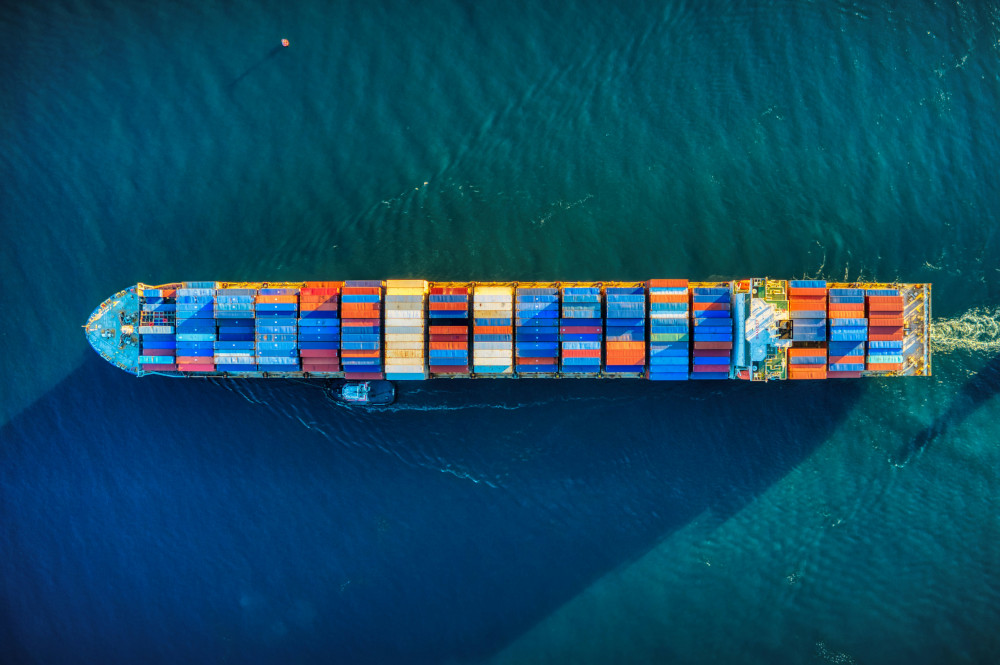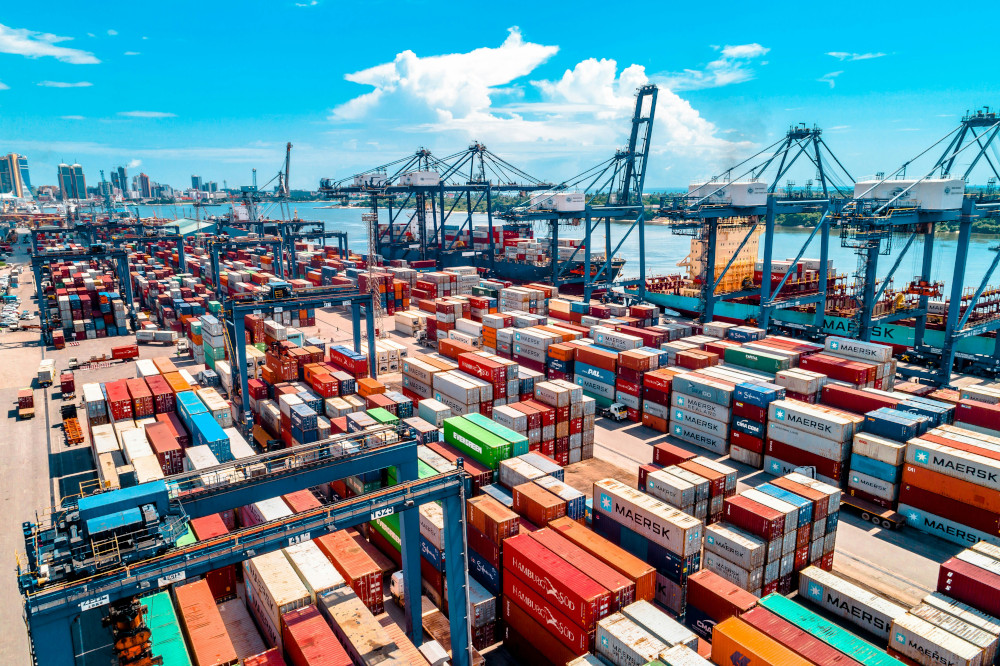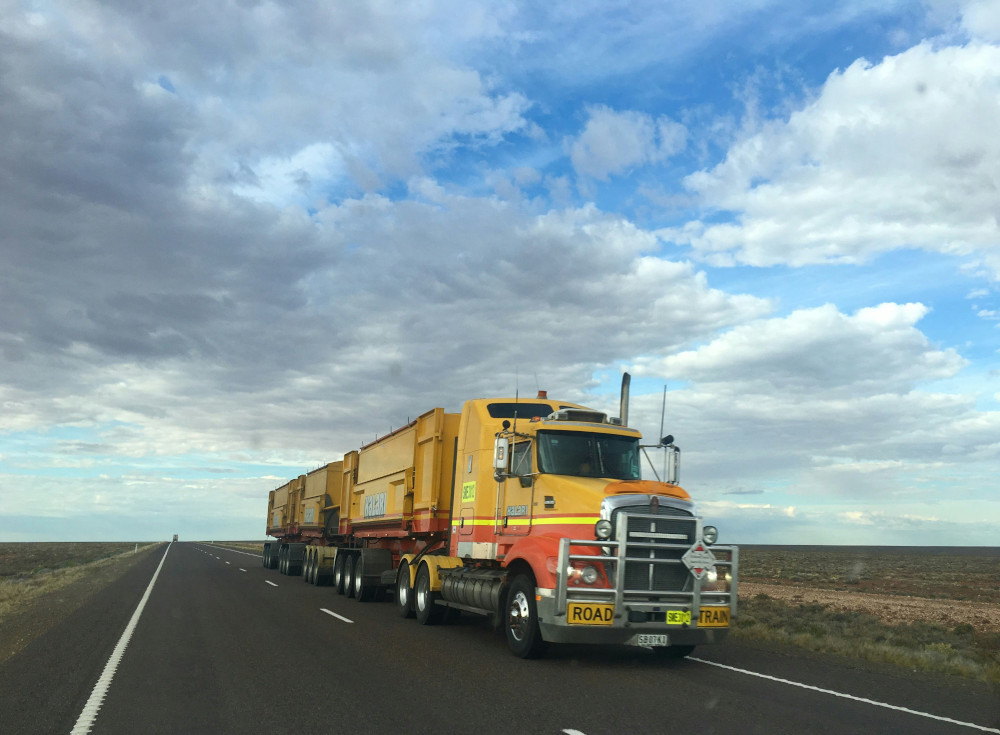Introduction to Incoterms

Incoterms, short for International Commercial Terms, are a set of globally recognised trade terms published by the International Chamber of Commerce (ICC).
Incoterms were very first created in 1923 but over the years they have been updated and amended. So far, they’ve been updated 9 times since 1923 and we’re now using Incoterms 2020.
Incoterms is an acronym:
- IN stands for International
- CO stands for Commercial
- TERMS are obviously terms
- 2020 denotes the year of latest revision
These terms are designed to address liability of buyers and sellers in international trade, making it easier to negotiate contracts and move goods across borders. By defining who is responsible for transportation, cargo insurance, customs clearance, and other logistics tasks, Incoterms help prevent misunderstandings and disputes between buyer and seller.
The International Chamber of Commerce update these terms to reflect changes in global trade practices (the last update was in 2020), ensuring that businesses worldwide have a common language for their international commercial transactions.
Using Incoterms in your sales contracts is an absolute must to streamline and facilitate international trade and ensure everyone knows exactly what’s expected at each stage of the shipping process.
Incoterms Explanation With Examples
Our Incoterms 2020 explained video on YouTube uses examples and explains what Incoterms are and why we use them in logistics:
Why Do We Need To Use Incoterms 2020? Understanding the Risks Involved

When we buy something from eBay or Amazon, we expect to pay the seller and the seller delivers the goods that we’ve paid for to our named destination (usually our home address).
If we don’t receive this product, we can contact the seller and address the problem or should that fail, contact either our credit card company and/or eBay and Amazon and they will act on our behalf and settle the dispute.
Obviously in buying something on eBay or Amazon the process is pretty simple but the seller may say once they put the product in the post and have the proof of postage, it’s no longer their problem.
If the package is lost in between, it could be the fault of the post office, if sent from another country, maybe it didn’t pass the customs clearance process or maybe it was delivered to a neighbor.
There are variables that come into play and if something goes wrong, the responsibility of the buyer and seller is not so clear. However, on this small scale it’s usually reasonably easy to resolve.
Incoterms, or these “code words” were developed to clear up any issues on exactly who is responsible (the buyer or seller) for each part of the logistics process and make sure that there cannot be any misunderstandings.
Incoterms are incorporated into the sales contract to specify each party’s obligations and streamline international trade. The prime purpose in developing Incoterms is to identify where the buyer and where the sellers’ responsibilities lie under three main areas:
- The place of delivery from the seller to the buyer.
- The transfer of risk from the seller to the buyer.
- The division of costs between the seller and buyer.
- Customs formalities.
Essentially it stops any confusion for what the buyer and seller pays for individually. Incoterms are also used in domestic contracts to clarify delivery responsibilities within a single country.
You may have heard of a few of them already such as:
EXW – Ex Works, FOB – Free Onboard, CIP – Carriage and Insurance Paid, DAP – Delivered at Place, DDP – Delivered Duty Paid but we’ll explore these a little more as we go on.
Incoterms Meaning: International Commercial Terms Explained
Incoterms are a pre-defined set of three letter codes created by the International Chamber of Commerce (ICC) which were established so there would be clear international commercial terms, as far as where costs and risks lie within each party (the buyer or the seller) when making an agreement in moving goods from A to B, reducing issues within a supply chain.
Think of Incoterms as code words that are used within international trade that make it 100% clear where the buyers and sellers responsibilities lie, as far as the place of delivery, the division of cost and where the risk transfers to the buyer.
These international trade terms provide clarity and legal certainty, and are widely used in sales contracts worldwide and a “must-know” if you are venturing into international trade.
Incoterms Rules
There are 11 Incoterms that are divide two main categories to suit different shipping needs. The first group covers rules that apply to any mode of transport—whether by road, rail, air, or a combination.
These include:
- EXW (Ex Works)
- FCA (Free Carrier)
- CPT (Carriage Paid To)
- CIP (Carriage and Insurance Paid To)
- DAP (Delivered At Place)
- DPU (Delivered At Place Unloaded)
- DDP (Delivered Duty Paid).
The second group is specifically for sea and inland waterway transport, featuring:
- FAS (Free Alongside Ship)
- FOB (Free On Board)
- CFR (Cost and Freight)
- CIF (Cost Insurance and Freight)
Many of these Incoterms specify a named place of destination or place of destination, which is the exact location where the responsibility of the seller ends and the buyer assumes risk and costs.
Each Incoterms rule clearly spells out who arranges and pays for transportation, who provides insurance, and exactly when the risk passes from seller to buyer.
This structure makes it easy for businesses to select the right Incoterm for their shipment, whether they’re moving goods by truck, ship, or a combination of transport modes, and ensures that all parties understand their obligations, right down to who pays for insurance and when the goods are considered delivered.
Incoterms Explanation With Examples

To see how Incoterms work in practice, let’s look at a few examples.
Ex Works
Under EXW (Ex Works), the seller delivers the goods at their own premises or another agreed location, and from that point, the buyer bears all costs and risks involved in transporting the goods to their final destination. The seller is not responsible for export clearance or any such clearance if required. All transportation arrangements and export procedures are handled by the buyer.
This means the buyer arranges for everything from loading the goods to arranging insurance and handling the customs clearance process. This is great if you’re a “lazy seller” and want to take an order from a buyer and then put your feet up, have a cuppa and wait for the buyer to come and collect the goods. All you’ve got to do is get the order ready.
EX Works – What to Consider
Here’s an example of what’s needed if you as a seller were to export under the Incoterm EXW (Ex Works):
- Place of Delivery: The seller’s premises (usually the seller’s warehouse door)
- Risk Passes: At the seller’s premises when the goods are made available for collection
- Cost: Cost of production plus profit (or the price on the invoice); seller bears own cost for preparing and packing the goods
- Export packing (if required)
As you can see, by using EXW, the responsibility of the seller is limited to making the goods available at the seller’s premises.
The seller is not responsible for loading the goods onto a collecting vehicle or for export clearance or such clearance if required. The buyer arranges for a collecting vehicle at their own cost and is responsible for all transportation, export documentation, and customs formalities from the seller’s premises onward.
Delivery EXW is great if you can agree on that with your customer but what if they request another term of delivery? This is where you’ll need to know and understand Incoterms rules.
Delivered Duty Paid
Now let’s say that you’ve negotiated and landed a large order, that’s a profitable deal with a new customer and they’re potentially going to make many more orders in the future.
They don’t want to organise the logistics of collecting their order from your warehouse but instead want you to organise the delivery to them.
With DDP (Delivered Duty Paid), the seller delivers the goods to a named place in the overseas destination, the seller covering all costs, including transportation costs, cargo insurance, export clearance and import duties, and taxes, until the goods are safely delivered at the final destination.
The buyer simply receives the goods, which means that the seller’s bearing all the risks and expenses along the way. The opposite of EXW, DDP is great if you’re a “lazy buyer” and want to make your order and sit back with your cuppa and wait for delivery, while the seller does all the running around.
Carriage and Insurance Paid
Another example is CIP (Carriage and Insurance Paid To), where the seller’s obligations are to pay for both transportation and insurance to a specified destination, but the risk transfers to the buyer once the goods are handed over to the carrier.
Understanding these Incoterms rules is essential for anyone involved in international trade, as they determine who pays for what, who arranges insurance, and when the risk shifts from seller to buyer.
Modes of Transport

Whether your goods are moving by sea, inland waterway, road, rail, or air, there’s an Incoterm to suit all needs.
Incoterms are designed to be flexible and can be applied to a wide range of transportation methods, making them invaluable for international trade.
For example, FCA (Free Carrier) can be used for any mode of transport, allowing the seller to deliver goods to a carrier chosen by the buyer at a named place.
In contrast, FAS (Free Alongside Ship) is specifically for sea and inland waterway transport, where the seller places the goods alongside the vessel at the port of shipment.
By clearly defining responsibilities for each mode of transport, Incoterms rules help buyers and sellers allocate costs, manage risks, and ensure smooth handovers, no matter how the goods are shipped. This clarity is very important for international trade helping to avoid unexpected extra costs, unnecessary disputes and raised stress levels!
Which Incoterm Should I Use?
It’s beyond the scope of this blog to go into detail and explain each Incoterm as it would take quite some time but as you’ve probably guessed, which Incoterm rules you should be using depends on various circumstances.
Not least, your customer may ask you to deliver under a preferred set of Incoterms, so it’s wise to be well informed on what all 11 Incoterms mean and how to use them.
In my experience, the majority of companies that I deal with, tell me that they try to trade under EXW as its ‘Easy” and requires the minimum involvement in the logistics of delivering the goods to their overseas customer.
EXW places the minimum obligations on the seller and the maximum obligation on the buyer. Under each Incoterm, the seller’s obligation ends at a specific point, which means that the seller is no longer responsible for the goods after that point.
Incoterms and Risk Allocation
One of the most important functions of Incoterms in international trade is to define exactly when the risk of loss or damage to the goods passes from the seller to the buyer. Each Incoterms rule specifies this transfer point, helping both parties manage their exposure to risk.
For instance, under CPT (Carriage Paid To), the seller pays for transportation to the named destination, but the risk passes to the buyer as soon as the goods are handed over to the first carrier.
With DAP (Delivered At Place), the seller bears all risks and transportation costs until the goods are placed at the buyer’s disposal on the arriving means of transport at the agreed destination port.
By understanding how risk allocation works under each Incoterms rule, buyers and sellers can make informed decisions, arrange appropriate insurance, and avoid disputes over who is responsible if something goes wrong during transit.
This is hugely important for building trust and ensuring smooth international transactions.
Trade Terms: Contract of Carriage and Insurance

Incoterms also address such matters as:
- Contract of carriage and insurance
- Licences, authorisations, security clearance and other formalities
- Checking of packaging and markings
- Delivery documentation
Depending on the Incoterm used, it’s either the seller or buyers’ responsibility to undertake the contract of carriage and insurance. This is also very important.
By quoting a particular Incoterm the responsibility for delivery of the freight (therefore freight costs) and its insurance, falls either upon the seller or the buyer, which is why it’s so extremely important to understand the Incoterm you’re trading under. If you misunderstand this, you may have to pay for transport of these costs when you’re not expecting to.
For example, under “EXW subject to Incoterms 2020” it is the responsibility of the buyer to arrange carriage and cargo insurance (should they want insurance).
However, under “CIF subject to Incoterms 2020” it flips to the sellers’ responsibility to arrange freight delivery and cargo insurance.
Insurance coverage varies depending on the Incoterm used, so both parties should clarify and agree on the extent of insurance coverage required.
Cargo insurance is often specified in the sales contract, and the level of coverage is determined by the relevant Institute Cargo Clauses (A, B, or C). Selecting the appropriate Institute Cargo Clauses is essential to ensure the buyer’s interests are protected during transit.
After delivery, the buyer is responsible for import clearance, including payment of customs duties and other charges on the buyer’s account.
Just three letters can have a massive impact on a deal, costs and profit margins and must be understood.
Perhaps most importantly, make sure to pick up a copy of Incoterms 2020 from the International Chamber of Commerce and study this as it’s certainly time well spent!
Conclusion
Incoterms 2020 are the foundation of importing and exporting and you must make sure you understand all the costs that the buyer bears as well as the seller’s responsibilities.
Understanding Incoterms is of the utmost importance for both buyers and sellers, as it ensures proper coordination and minimises risks. Without understanding the risks involved, including when the buyer’s risk begins as specified by the chosen Incoterm, you are far more likely to get involved in a deal that could go badly.
Understand what insurance cover you need, whether it’s minimum cover or if you need more comprehensive protection. Know what responsibilities the seller bears and the buyer assumes.
On top of that, make sure you understand what import duties you’ll have to pay and what documentation you’ll require for customs clearance. Parties must be aware of the regulations and requirements in the importing country and the buyer’s country to avoid unexpected costs, delays, or legal issues, but we’ll save that for another blog.
Import Export Training Course Online
If you’re looking to break into international trade as a career or setting up your own business, ABTS® Training offers online import export courses, taught with a series of pre-recorded videos. Study at your own pace, no deadline to finish and lifetime access to your course.
Our courses teach you the practical knowledge you’ll need to know to trade successfully, confidently whilst maximising your profits. Taught by Alan Bracken, with 40+ years of commercial experience in logistics, he skips all the theory you’ll never need to know but teaches you the practical side of how to move your goods around the world.
Check out our reviews on TrustPilot to see just how our courses have benefited our students.
4 thoughts on “What Are Incoterms? Code Words For Logistics Explained”
Comments are closed.

Mr Alan thank you so much for this great lessons to us and letting the world to know much about the information , especially to someone like me an example who is ready and willing to dive into this great business,,we may never meet physically but through your teaching,i can assure you we have already met ,it’s much pleasure to be here
Hi Robert, thank you very much for the kind words and I’m so pleased the information is so helpful to you!
Hi Mr Alan. Thanks so much for the your email sent about Incoterms. It will be helpful to me understanding the trade.
Hello Marcy, I’m so glad that our blog helped you. Incoterms can be confusing but we have broken it down so it’s hopefully more easy to understand.